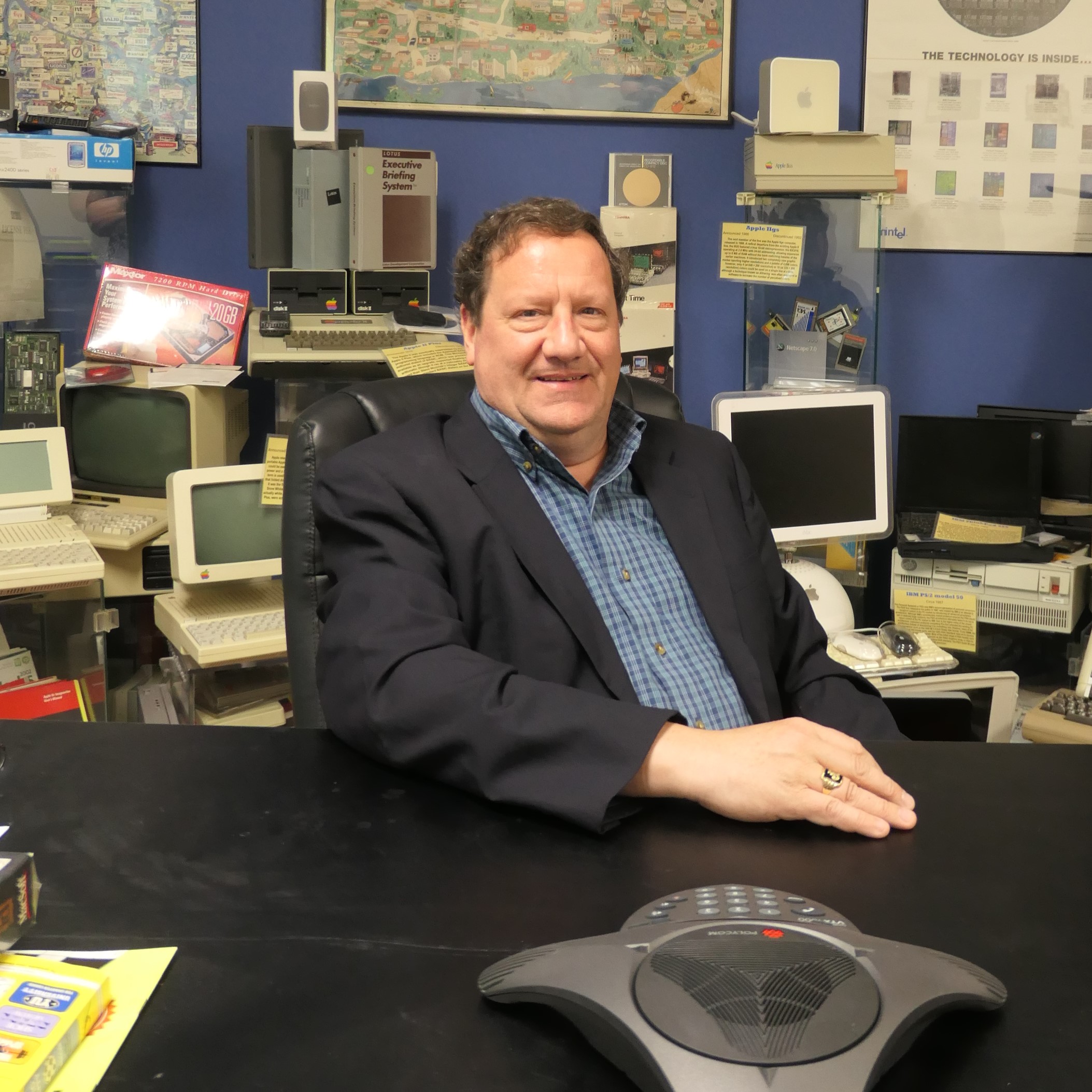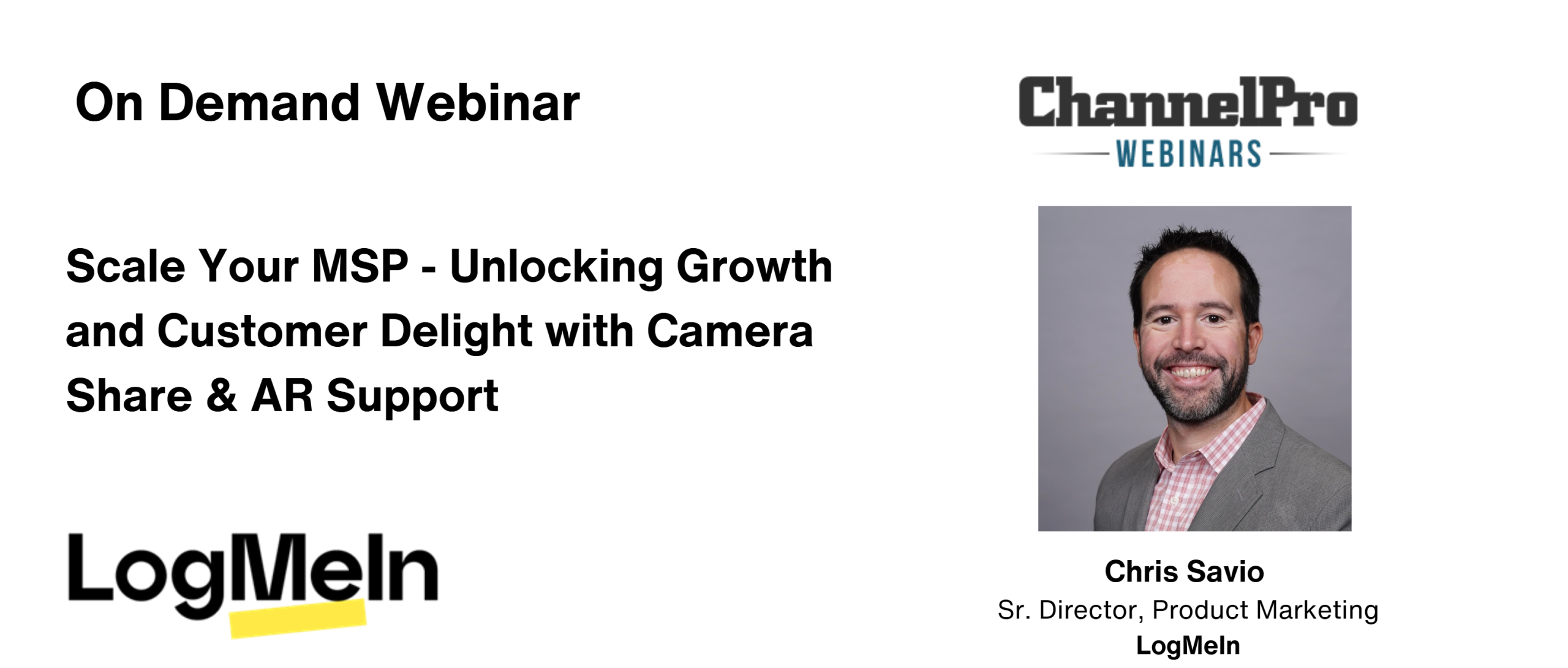THERE ARE SEVERAL KEYS to longevity in this business: the ability to evolve, the knack for differentiating, and the commitment to truly listen to the customer. And you can’t be afraid to do it your way.
Evolve. Software To Go is celebrating its 40th year in business. As the market changed, we evolved from a software-only retailer with three stores; to a hardware, software, and repairs business with one store; to a VAR/MSP offering IT services and consulting with a retail presence. Our retail business is about 5% of revenue, with high-end residential customers about 10-15%; the balance is commercial SMBs.
We stock about $75,000 of product, since many small business professionals like to come by, ask questions, or have an immediate need for something. It also enables faster service when we get those calls from clients asking us if we can set up a new hire starting later in the week. If we had to order it from distribution, wait for it to arrive, and then configure it, we couldn’t meet those timelines. During the pandemic, we won business simply because we had product in stock.
Differentiate. Our model is VAR first and MSP second, but we do things differently than what’s being pushed as today’s MSP.
First, I market us as “St. Louis’ oldest computer store,” because people understand what that is. Many don’t know the term “MSP.” This approach has given us a very broad market.
For example, we developed a division of our business that serves the industrial electronics, defense, and aerospace market. That originated when McDonnell Douglas engineers would come into the store looking for “what was new.” We helped them, and those early relationships fueled the continuing business.
Second, Software To Go moved away from the break-fix model 30 years ago, but with a different spin: annual contracts for larger businesses and quarterly maintenance plans for individuals and businesses with up to three employees. Currently, there are two variations of the managed services model of monthly recurring revenue being touted: “all you can eat,” which is a minefield; and bundling products and subscriptions into the monthly service fee. It’s a cookie-cutter approach assuming that all clients do the same thing.
In contrast, our contracts are strictly labor-based—how much time per month we devote to servicing that customer, whether that’s maintenance, repair, on-site deployment, consulting, etc. We bill for hardware and software separately. And rather than monthly, clients pre-pay their contracts for the entire year. We do put guardrails in the contract that specify their service includes up to a certain number of hours per year, which is contingent upon the client and their business.
We broke the million-dollar mark in the ’90s and have maintained consistent profitability. We offer profit sharing to our staff, most of whom stay an average 10-12 years.
Listen to the customer. Software To Go strives to be a true partner and an integral part of our clients’ business, rather than just a vendor. While the idea of going to lunch with a client seems foreign these days, we have always done that regularly. This is a time to talk about their business, not technology. We ask questions like, Where do you think your business is going? What problems is your business having? Often, they want to vent about employees or maybe brainstorm about getting into a new market.
Once we understand their concerns, we can offer consultative advice about what new capabilities or solutions we could provide. If you’re doing everything remotely, despite its efficiency, your client may not recognize the value of their network never being down—and you may miss an opportunity if you never have that face-to-face conversation.
Do it your way. Software To Go’s methods may be unorthodox and hard to replicate, but not fitting the mold has allowed us to differentiate through the decades. Most important, as the owner, my stress level is down to a good place, we are profitable, and we own our building. The fact that our clients value us makes the years of effort worth it.














